
A Playhouse, Rope Climb, and Sunset Views: This Sustainable Garden Has It All
This regenerative garden demonstrates how native plants can be both beautiful and useful.
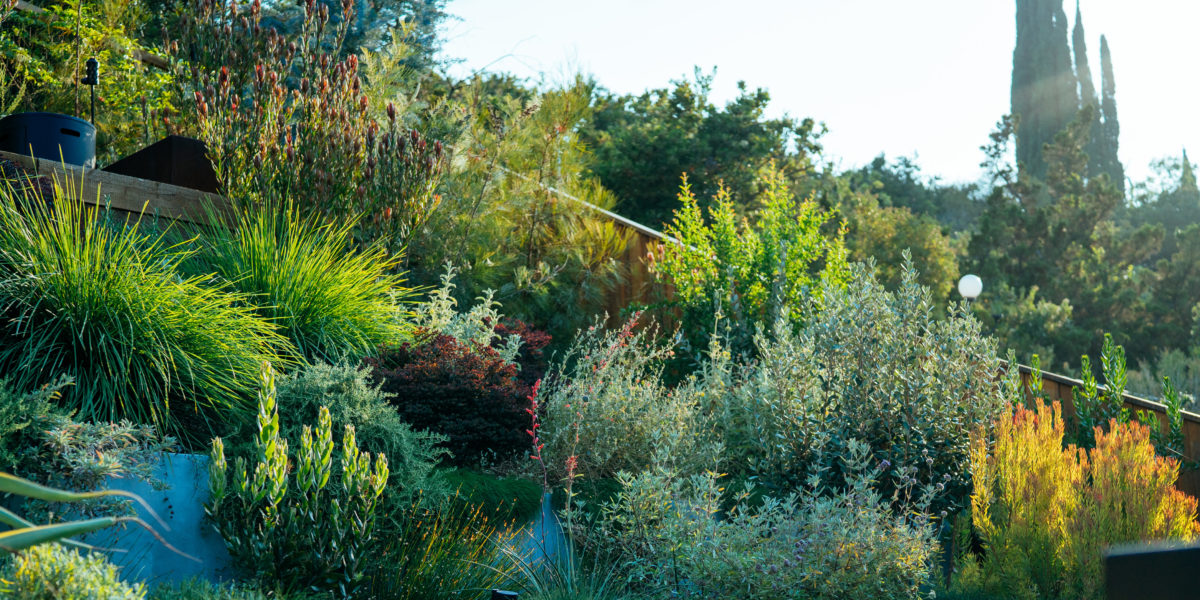
When landscaper Jessica Viola, of Viola Gardens, starts thinking about a new client’s garden, she doesn’t start with the plants, she starts with the people. “The more meaningful the relationship with the client is, the more I can map out what to include in the garden,” Viola says. “It’s how I work with everybody—I try to address who they are as people before I even address the landscape.”
In this case, the clients were a couple in the television industry who traveled a lot—thus needing a low-maintenance garden—and had two, and then three, children.
The garden is in Mount Washington, California, and it wasn’t in great shape when the clients contacted Viola during the Covid-19 lockdown. “It was really abandoned and run down,” says Viola. “Just a super steep slope with nothing going on, and the earth was so dry and dusty.” Nevertheless, the clients wanted to create little destinations on the slope—including a playhouse, a rope climb, and a place to watch the sunset. Here’s how Viola did it.
Terracing and Stairs
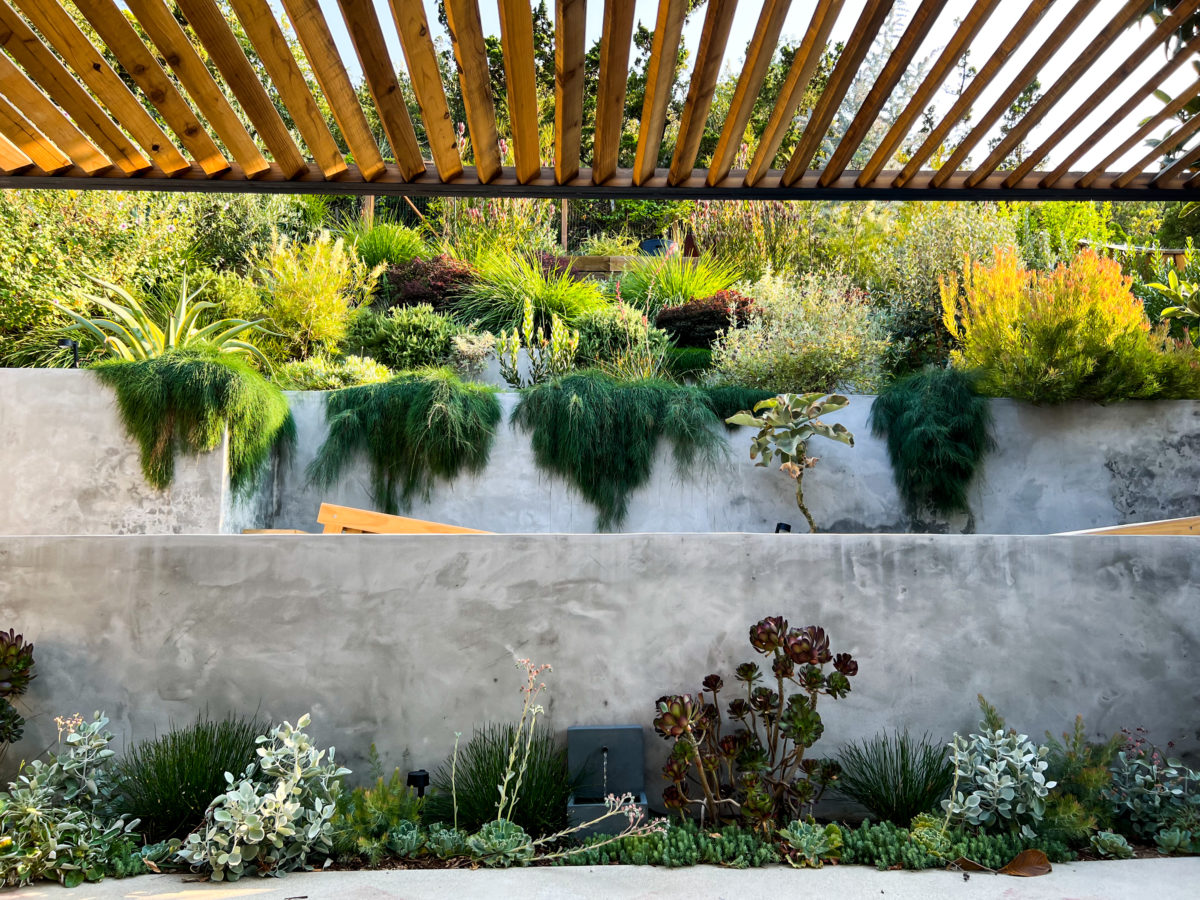
Suzanne Strong
Viola used pressure-treated landscape timbers to make the stairs. (“You can sometimes avoid permitting by using timbers,” she says.) Then she used smooth gray stucco on the old walls so now they have a more modern look.
Stabilizing the Hillside
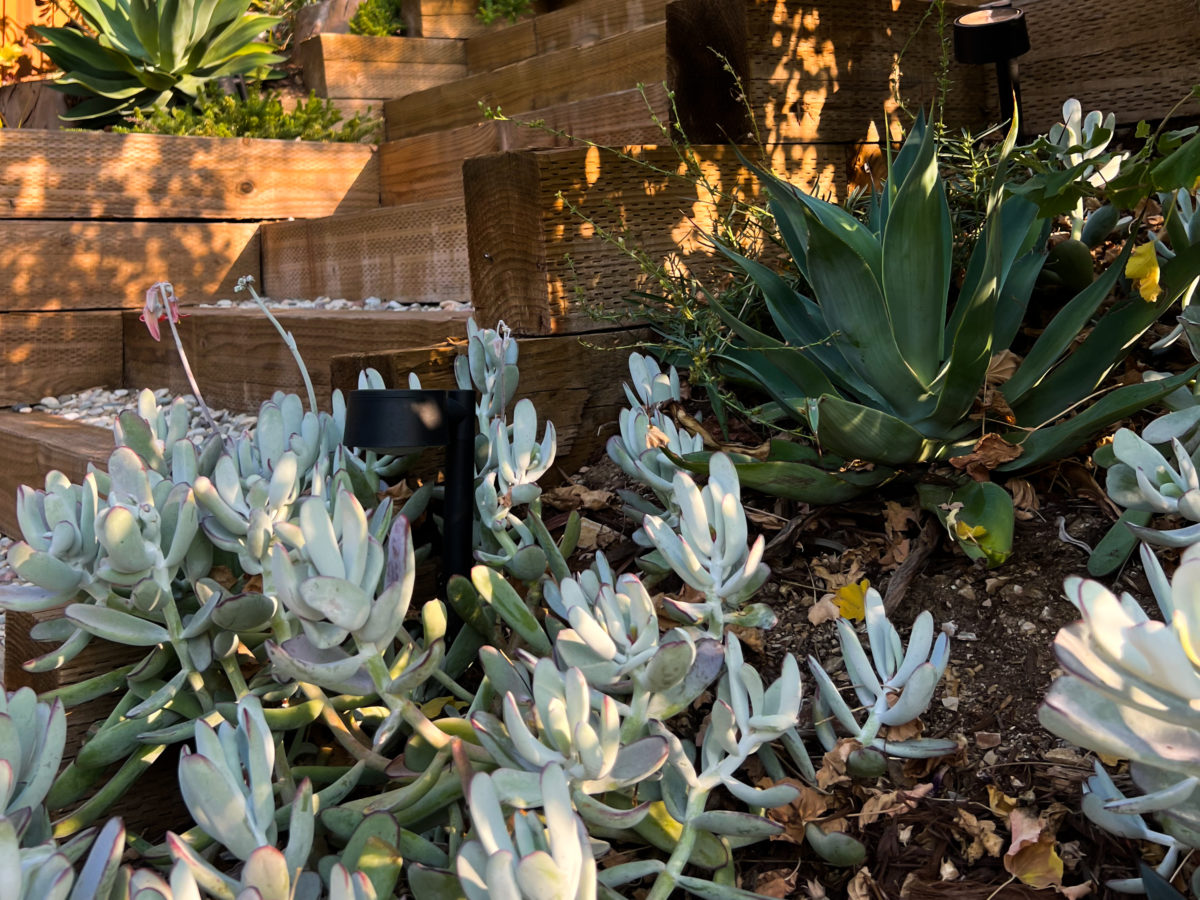
Suzanne Strong
Viola used 70 percent native plants, which have root systems that can hold the soil in place. This means the garden is composed of a heady combination of plants like Acacia cognata ‘Cousin Itt,’ Salvia clevelandii, Salvia apiana, protea, and Euphorbia ‘Black Bird’—all with pineapple guavas that are used as screening plants. Looking at the drama the mix of plants has created, Viola says, is like “plant theater.”
Creating Pathways
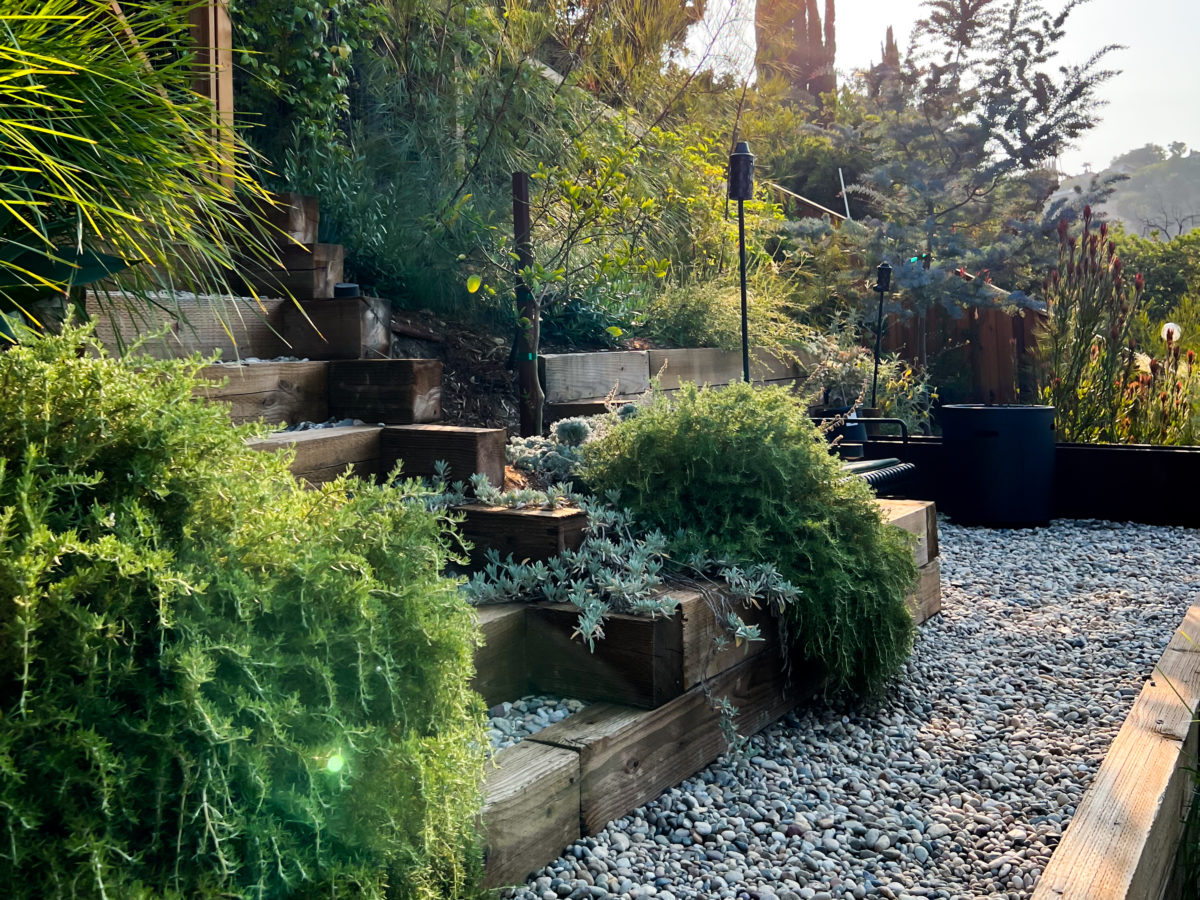
Suzanne Strong
“I hate little corridors that go to a destination, and then you have to turn around to go back through this little passage, so I tried to create more flow,” Viola says. As a result, she made sure her pathways were wide enough to walk through without difficulty.
Regenerating the Garden
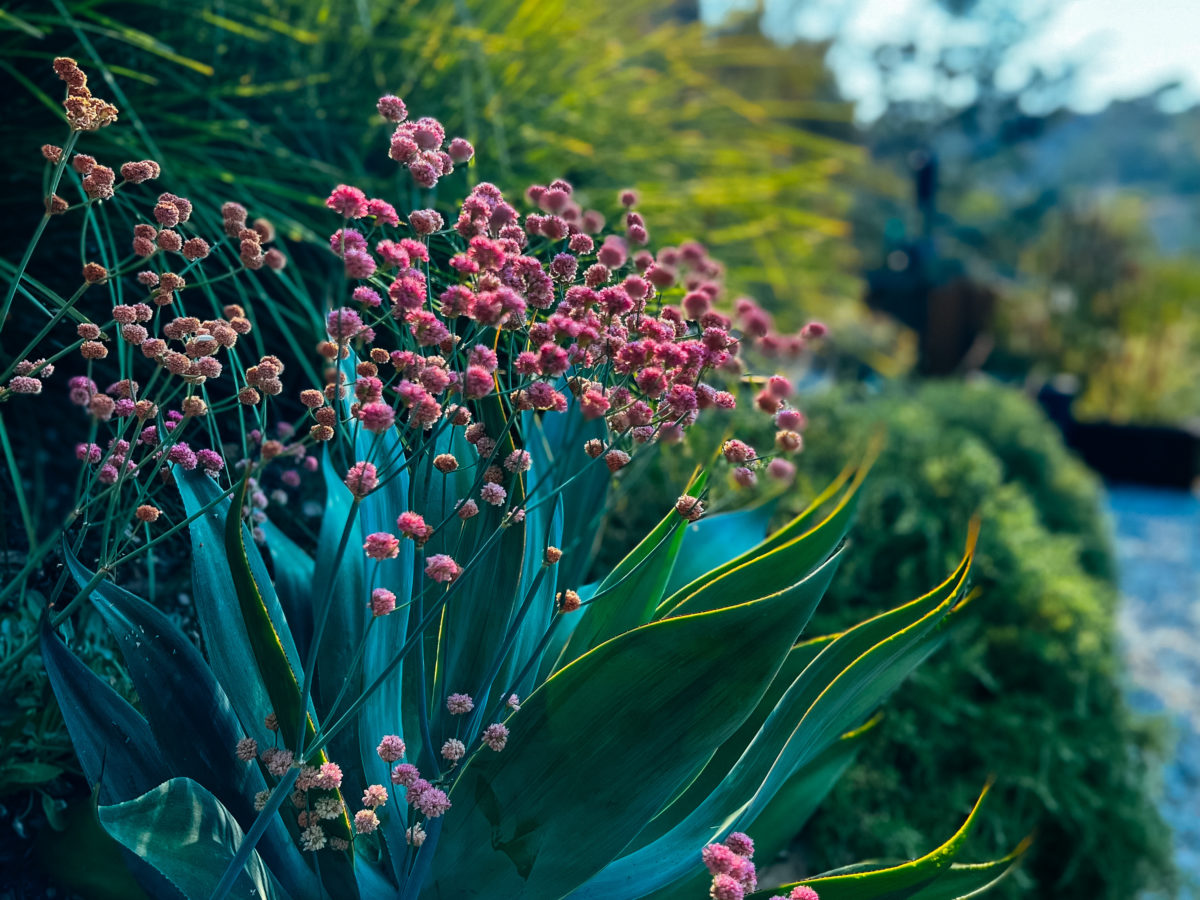
Suzanne Strong
To treat the soil, Viola used organic compost and psyllium. To explain what a regenerative garden is, she says, “You’re not just thinking about the garden being sustainable, you’re using plant materials that create the conditions for other things to happen. So, for example, we’re planting native plants that have relationships with birds, butterflies, and bees. The garden grows healthier and stronger as opposed to just being sustainable.” She adds, “It’s fun to see how much life is there when there wasn’t much before.”
The Playhouse
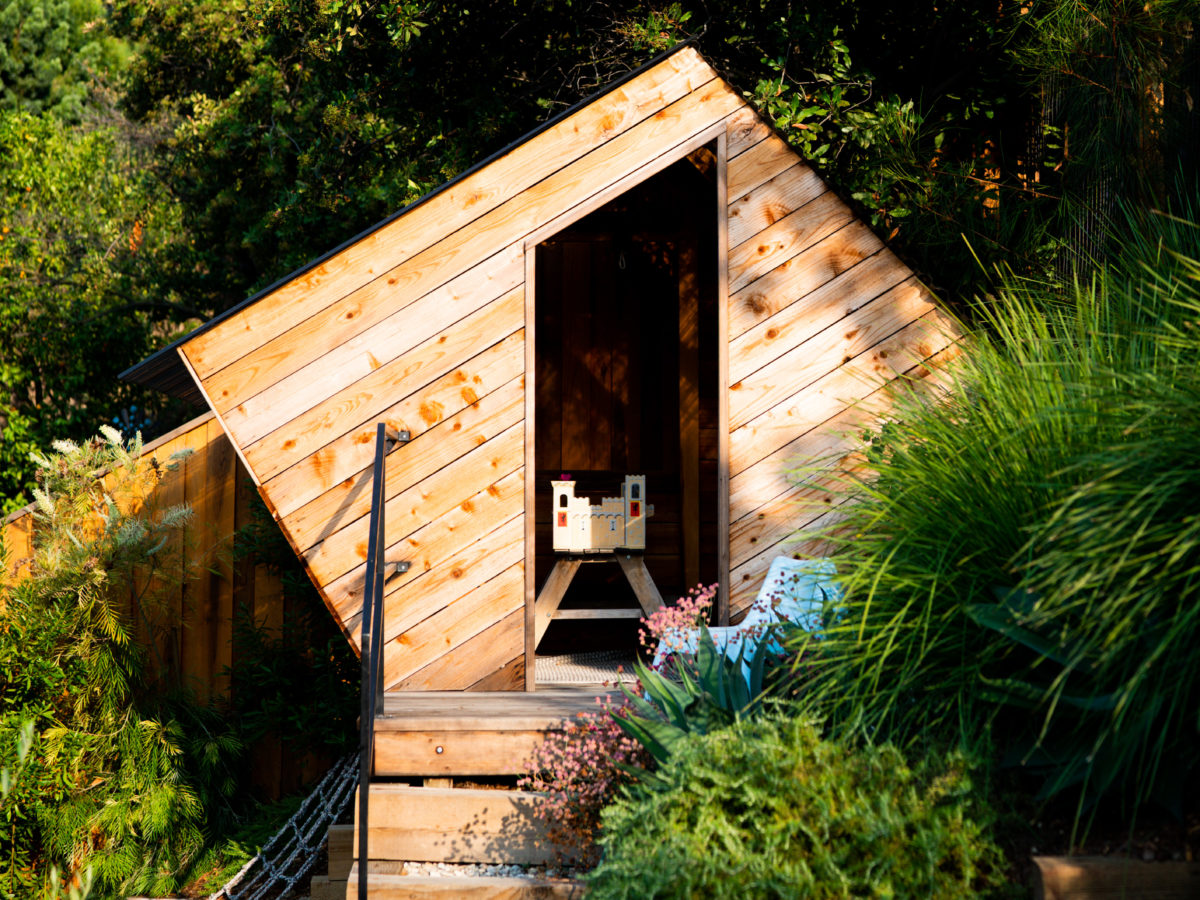
Suzanne Strong
To build the redwood playhouse, Viola collaborated with Wesley Paul Thatcher, who does a lot of metal work for her company. First, they put down a foundation, then added platforms that extend out of the play structure. Viola used UV-shaded roofing because she didn’t want the sunshine to heat up the small space.
Meanwhile, the funky, angular shape was inspired by photos of park structures her clients took while they were in New Zealand. The results were more than appreciated. “My client was like, ‘This is great! I want to hang out here!’ It’s like a little hideaway, and the idea was to build something that would last,” says Viola. “
In all, she says the garden is a success because she got to know the family before designing it. “As a result, I believe they’ll ultimately care for it more,” she says. “I hopefully helped them find themselves in the garden.”
